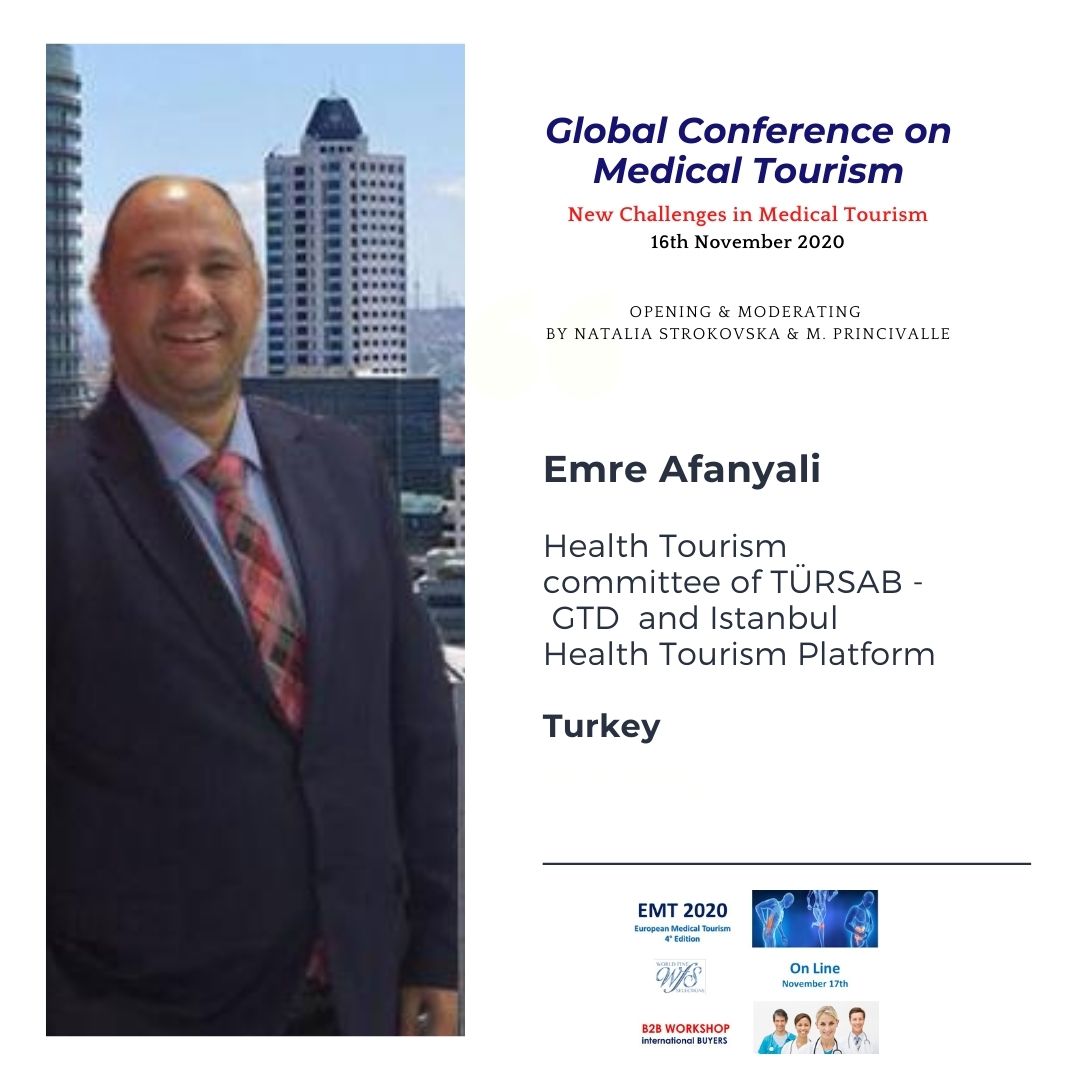Situation of infections Diseases that spread:
Infectious diseases happen when harmful chemicals (pathogens) get into the body and make people sick. Viruses, bacteria, fungi, and parasites are often to blame. Infectious diseases can be passed from person to person, through tainted food or water, or even through a bite from an insect. Infectious diseases are put into groups based on how bad they are.
Diseases that spread easily are talked about Situations of infections:
Infectious diseases happen when harmful organisms (called pathogens) get into the body without being asked. Viruses, bacteria, fungi, parasites, and, less often, prions can cause infectious diseases. Infectious diseases can be passed from person to person through close contact, insect bites, and the use of contaminated items.
What are the main differences between diseases & Situations of infections that don’t spread?
Diseases that spread from person to person are caused by viruses and bacteria that get into the body without being invited. Diseases that are not caused by foreign organisms are caused by genetics, differences in anatomy, age, and the environment. Noninfectious diseases can’t be spread by coming in contact with other people, bugs, or food.
Diseases that spread from person to person include the cold, measles, mumps, HIV, strep throat, COVID-19, and salmonella. Noninfectious diseases are things like cancer, diabetes, heart failure, and Alzheimer’s.

Which Situation of infections are thought to be spreadable?
Infections spread quickly when they are caused by viruses, bacteria, parasites, or fungi. Also, there is a group of diseases called transmissible spongiform encephalopathies that are very rare (TSEs).
Viruses are what cause diseases. DNA or RNA is a piece of genetic material that is wrapped up inside a virus (capsid). Because they are so small compared to human cells, viruses can’t make their own copies. They get into your cells and start making more of themselves by using the resources of your cells.
Diseases caused by bacteria. Bacteria are simple organisms made up of one cell that follows instructions written on a piece of DNA. Our bodies have bacteria on, in, and on them. Even though most bacteria are harmless or even helpful, some bacteria can make you sick.
Diseases caused by fungi. Like bacteria, there are many different kinds of fungi. They still live on inside you. You could get sick if your fungus grows too fast or if dangerous fungi get into your body through your mouth, nose, or a cut on your skin.
Parasites can make you sick. Parasites are animals or plants that eat the dead bodies of other species. Some parasitic organisms are made up of only one cell, while others are worms (protozoa).
Diseases caused by prion proteins and other spongiform encephalopathies that can be passed on. Prions are bad proteins that cause TSEs. They spread the disease by changing other proteins in the body, usually in the brain. When your body can’t use or get rid of these proteins, they start to build up. Only a small number of all infectious diseases are caused by prion proteins.

What Situation of infections spread the most, and why?
Some contagious diseases happen more often than others, but they all happen a lot. In the United States, for example, one out of every five people gets the flu every year, while less than 300 people get prion diseases.
The situation of coronavirus infections in the world is very delicate. The numbers seem to be growing, but the virus seems to have mutated, so much so that most of the cases detected are asymptomatic. We must continue to maintain all precautions and always try to behave correctly, respecting all the rules, in order to be able to keep the situation under control. The WHO wanted to give great hope to the whole world, explaining that the pandemic is definitely slowing down.

Who on Coronavirus Situation of infections:
According to the latest weekly who data, the pandemic is slowing down significantly. The figures are positive, particularly on the American continent. More than 1.7 million new cases and 39 thousand victims were reported in the week from 17 to 23 August, with a decrease of 5% in infections and 12% in deaths compared to the previous week. The only places where there has been no slowdown are Southeast Asia and the eastern Mediterranean.
The latter two areas increased by 4.06% and 4.28% respectively. On the American continent, the decline in confirmed infections was as much as 11.35%, while in Europe by 0.9% and in Africa by 8.4%. These are very positive data that raise the hope that this pandemic can continue to slow down. Several restrictive measures have been taken in our country, such as the closure of discos and ballrooms. For the time being, the return to school seems certain, but in the next two weeks the numbers of infections will certainly be assessed, just as they were in the case of the elections.







